In fact, there are rich health codes hidden in our every move. And the most easily overlooked action is what we repeat every day - walking. Don't underestimate this simple action. Whether your every step is stable or correct may affect the balance of the spine, joints and even the whole body posture.
At this time, a smart device that can "read your gait" began to become popular in the health circle. It is the gait assessment device, and the core technology behind it is: plantar pressure distribution system.
1. What is a gait assessment device?
The gait assessment device is an intelligent platform that integrates plantar pressure sensors, dynamic acquisition systems and data analysis software. It can capture the changes of every pressure point on the sole of the foot during your natural walking process, and convert it into a set of detailed dynamic data, presenting your stride, step frequency, center of gravity movement trajectory, left and right foot coordination, landing method and other key indicators.
Simply put, it is a "perspective mirror" and "recorder" of your gait, and every detail of every step cannot escape its capture.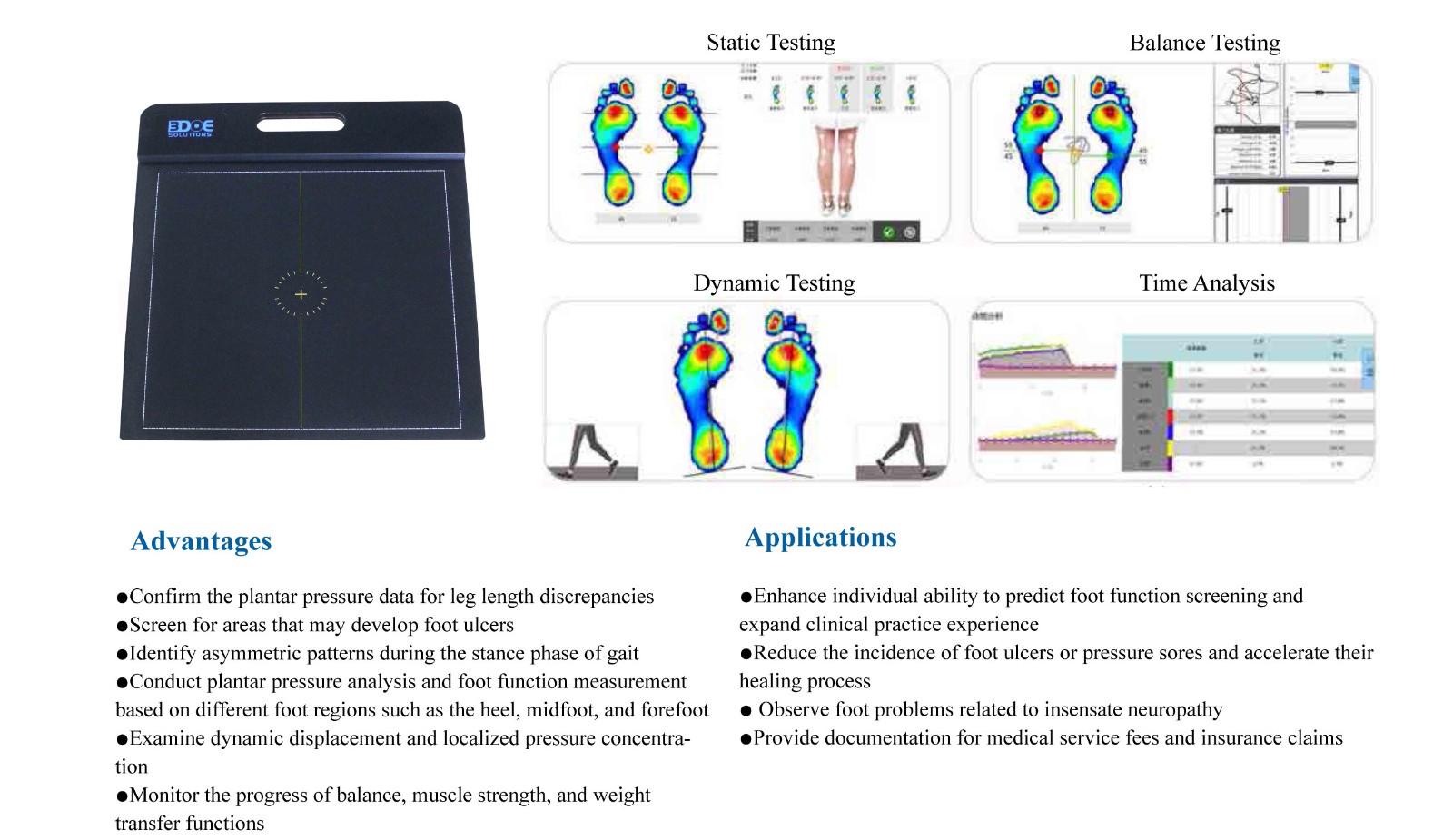
2. Plantar pressure distribution system: the soul technology of gait measurement
The "eye" of gait assessment is the plantar pressure distribution system. This technology uses gait mats or running boards with hundreds or even thousands of pressure sensors to sense the strength of each part of the sole of your foot in real time during your walking or running.
The system converts these pressure data into dynamic heat maps and timeline curves to determine:
Which part lands first?
Is the center of gravity shifted smoothly?
Are there any abnormalities such as uneven strength of the left and right feet and asymmetric strides?
Are there any bad gaits such as dragging, pigeon-toed, and eversion?
This information is an important basis for evaluating sports health, judging musculoskeletal problems, and even predicting the risk of falling.
3. Three core values of gait assessment equipment
(1). Accurately identify hidden gait problems
Many gait problems are "unnoticeable" in the early stage, such as inversion, valgus, abnormal stride, etc., which are difficult to detect with the naked eye or self-feeling. The plantar pressure distribution system can present data in detail through data comparison, so as to achieve early assessment and early intervention.
(2). Personalized rehabilitation guidance
Whether it is postoperative rehabilitation, scoliosis correction, or balance training for middle-aged and elderly people, gait data can help rehabilitation therapists develop more accurate and effective training plans and improve rehabilitation efficiency.
(3). Optimization of professional sports performance
Among athletes and runners, gait assessment equipment can help them optimize movement patterns, reduce the use of partial force, improve step frequency and landing efficiency, reduce the risk of sports injuries, and improve performance.
4. Application scenarios: from hospitals to gyms to shoe stores
Rehabilitation medical institutions: used for postoperative gait assessment, fall risk prediction, neurorehabilitation monitoring, etc.
Sports science center: used for comparative evaluation before and after training, posture optimization training, etc.
Smart shoe stores: assist in matching shoe shapes with functional insoles to improve wearing comfort and stability
Elderly health centers: monitor balance ability and gait coordination to prevent falls

 +86-0755-86131192
+86-0755-86131192 2025-05-28
2025-05-28 Back to list
Back to list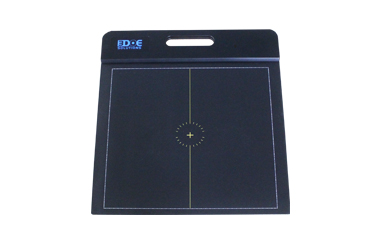
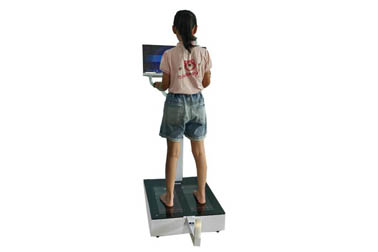
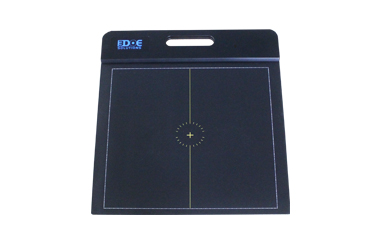
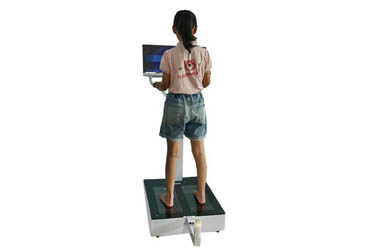
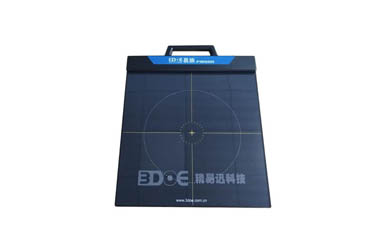
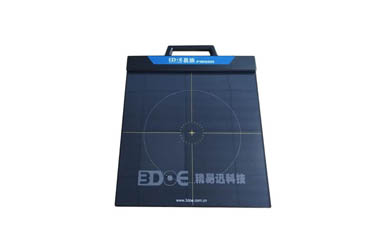



 +86-0755-86131192
+86-0755-86131192